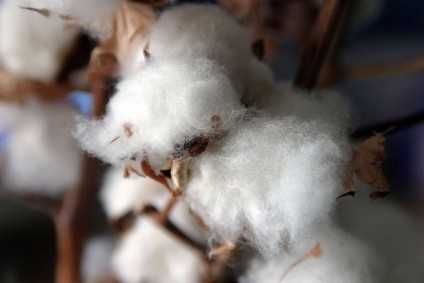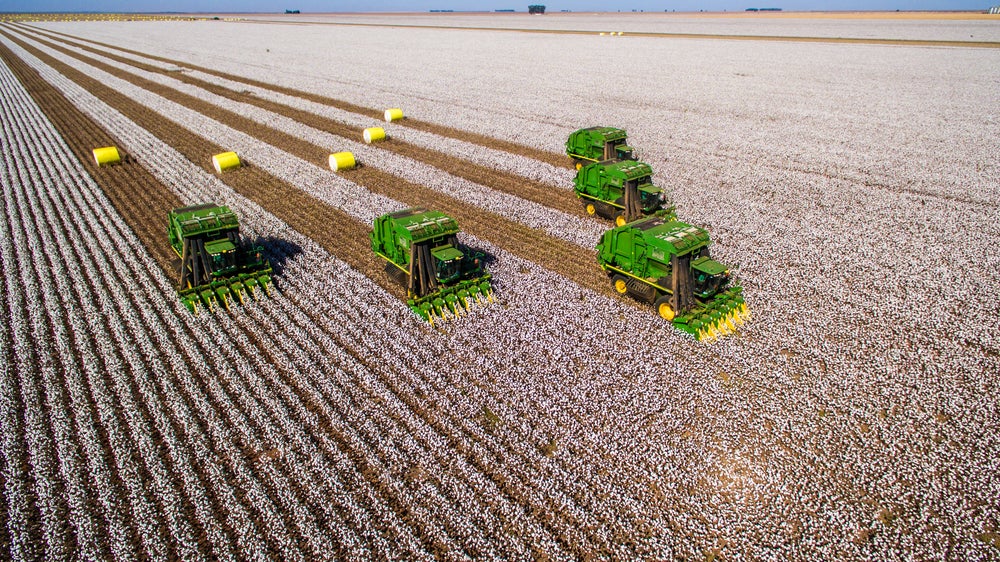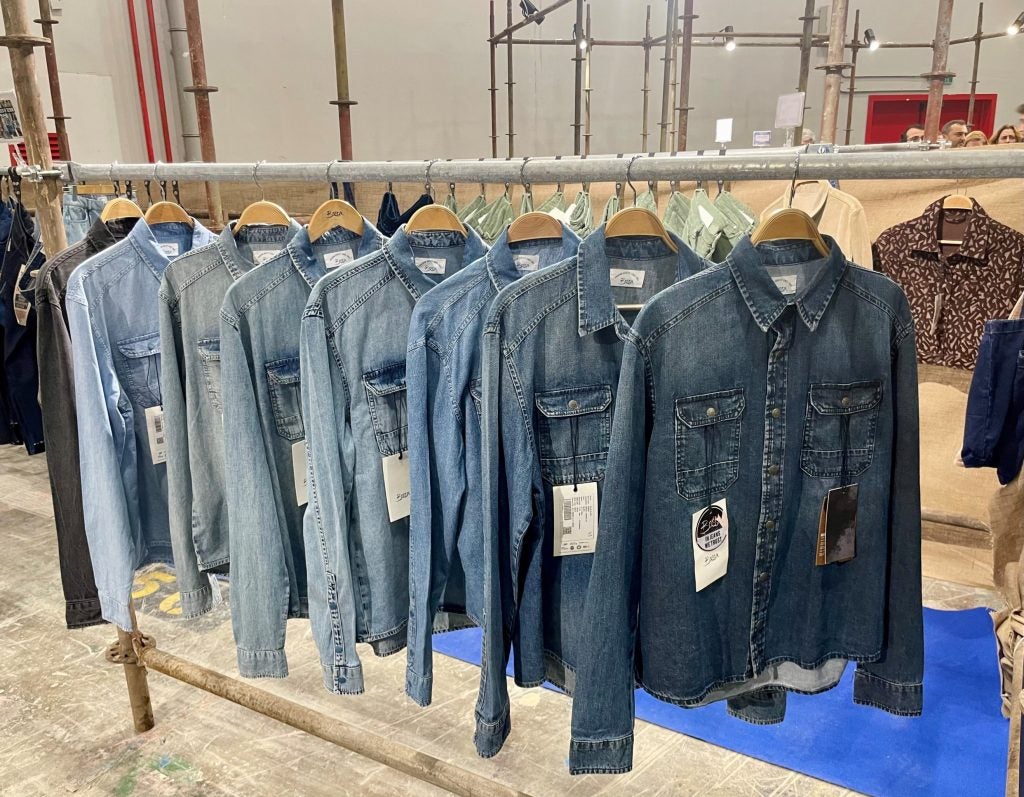
Systemic forced labour persisted in Uzbekistan’s 2018 cotton harvest, a new report claims, despite progress on the government’s commitment to end the practice and significant headway in the reform process.
Published by the Uzbek-German Forum for Human Rights (UGF), a Cotton Campaign partner, the report – “‘They said we wouldn’t have to pick and now they send us to the fields” – Forced Labor in Uzbekistan’s 2018 Cotton Harvest’ – explores the claim that despite overall progress, forced labour remains a serious problem in the Uzbek cotton sector.
UGF is a Berlin-based NGO whose main activity is monitoring and reporting on the human rights situation in Uzbekistan, as well as supporting local activists who work inside the country.
Its report is based on 70 in-depth interviews, including with officials, 300 field visits, and monitoring of more than 100 farms. It documents both the “significant progress” made by the Uzbek government, as well as ongoing forced labour due to structural factors that remain largely in place. Driven by a commitment to reform at the highest levels of government, there is significant transition underway which is reflected in some encouraging signs of progress, report authors say, but the 2018 harvest showcased the “enormous challenges” remaining in Uzbekistan’s efforts to end forced labour.
“UGF documented evidence that systemic forced labour persists because the structural causes remain in place. The top-down quota system in particular led officials to send people to pick cotton,” states Umida Niyazova, director of UGF. “We urge the government to accelerate reforms to build on its successes to finally bring an end to these practices.”
See Also:
The government’s centralised production system and real labour gaps – insufficient labour in less populous districts coupled with a drop in voluntary labour over the course of the picking season – continued to drive the use of forced labour across the country in 2018, the report claims. While higher payments to cotton pickers led to increased voluntary turnout of labour during the early stages of the harvest, this was not enough to close labour gaps in low population districts or in later stages of the harvest when earning potential dropped, however.
How well do you really know your competitors?
Access the most comprehensive Company Profiles on the market, powered by GlobalData. Save hours of research. Gain competitive edge.

Thank you!
Your download email will arrive shortly
Not ready to buy yet? Download a free sample
We are confident about the unique quality of our Company Profiles. However, we want you to make the most beneficial decision for your business, so we offer a free sample that you can download by submitting the below form
By GlobalDataIn addition, the report claims the government continued to assign cotton quotas to regions and impose responsibility to fulfill the quotas on officials, who faced dismissal and other penalties for failing to fulfill their quotas. These officials in turn required businesses, entrepreneurs, public sector agencies, and institutions to send their employees to the fields or pay for replacement pickers, and to provide resources for transportation, food, and accommodation for cotton pickers. The ongoing presence of forced labour continues to pose a serious reputational risk and potential legal liability to international brands that may have Uzbek cotton in their supply chains, authors say.
The report does note, however, for the first time, the government did not mobilise university students to pick cotton – a move noted as “an important positive step.” It also, for the first time, did not mobilise employees from the health or education sectors from the beginning of the harvest, although local officials began sending some employees from these sectors to the fields to fulfill cotton quotas starting in mid-October, when voluntary picking declined.
The UGF report follows another released last week which found that, despite overall progress, forced labour remains a “serious problem” in the Uzbek cotton sector. The International Labour Organization’s Third Party Monitoring report, released 1 April, found that an estimated 170,000 Uzbek citizens were forced to pick cotton during the 2018 harvest and that the centralised quota system remained, “conducive to the exaction of forced labour.”
Reform efforts such as privatisation of the cotton sector and diversification of agriculture are underway, but strengthening human rights protections remains crucial, the UGF report notes.
The Cotton Campaign, a global coalition of human rights, labour, investor and business organisations, has called on the Uzbek government to foster a strong civil society in which citizens can form independent, democratic trade unions; negotiate for fair wages and acceptable working conditions; and monitor the cotton harvest independently without interference or harassment.
In the coming weeks, as requested by the Uzbek government, the Cotton Campaign will produce a detailed roadmap for reforms, focusing on three main areas: ending systemic forced labour; advancing structural reforms to address root causes; and enabling civil society.
The Cotton Campaign and UGF say they “look forward to sustained direct engagement with the Uzbek government, as it continues efforts to reform its cotton sector, end forced labour, and promote decent work”.
In February, the Cotton Campaign and Uzbek government officials agreed on broad areas of further progress that are necessary to achieve lasting reform, building on discussions that took place in May last year.







